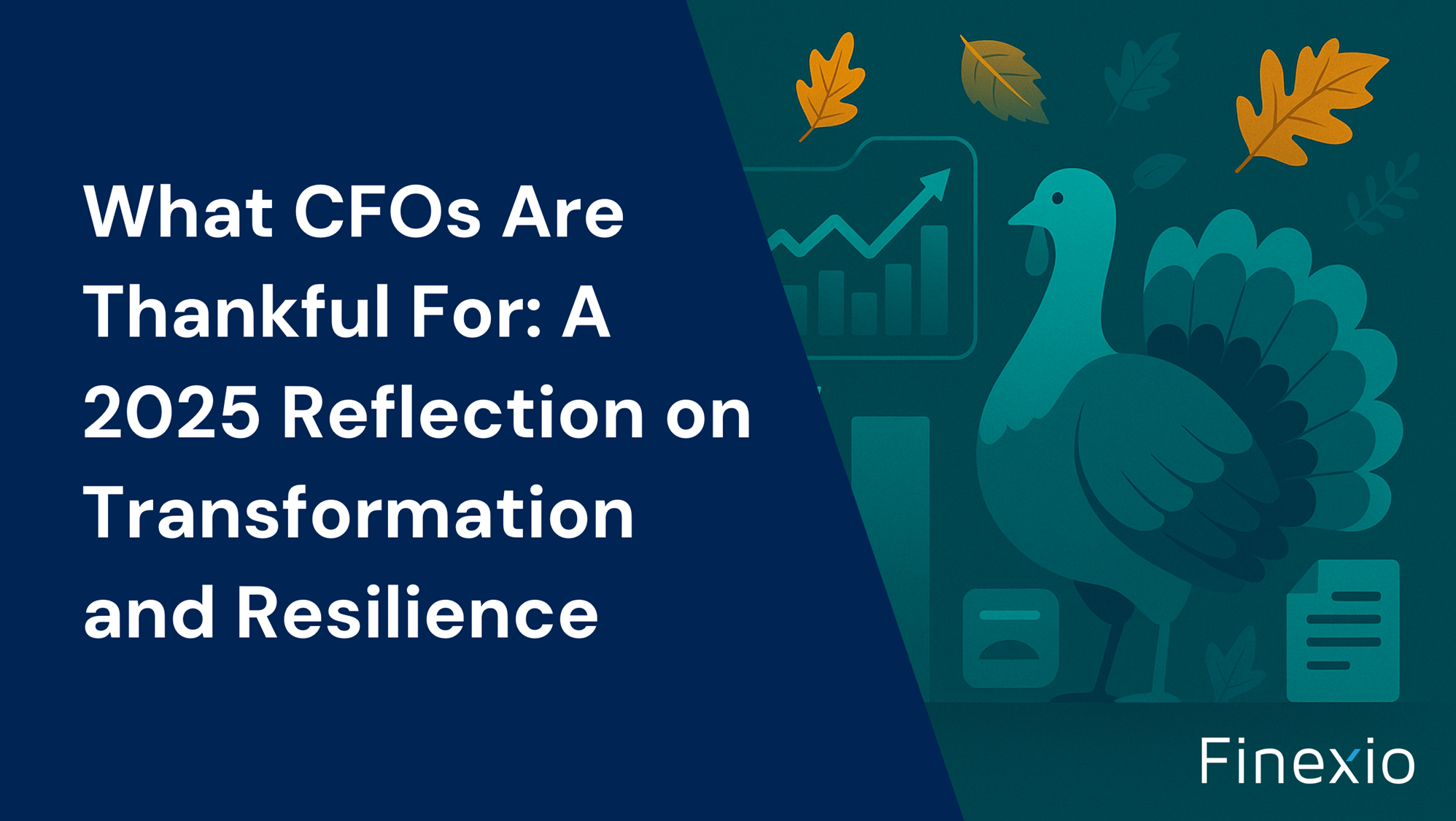SMB’s Face Unique Challenges — Fintech Has Solutions


Small and medium sized businesses power the American economy. Firms with fewer than 500 employees employ more than half of the country’s private workforce.
Gartner defines small and medium sized businesses by number of employees and annual revenue. Small businesses are defined as those with 100 or fewer employees with less than $50 million in annual revenue. Medium sized businesses are then described as companies with 100 to 999 employees and with annual revenue between $50 million and $1 billion.
Although small and medium sized businesses are vital to the economy, these companies and their leaders experience many distinct struggles, including ongoing concerns about cash flow. Nearly half of the 2,000 small businesses surveyed indicated they were either concerned or very concerned about their cash flow, according to a study conducted by Mercator.
Clearly, there’s a role for fintech in helping SMBs solve cash flow and other problems. In a recent episode of the B2B CashFlow Conversations Podcast, Finexio founder and CEO Ernest Rolfson interviewed Dion Lisle, founder and partner of Forty Grand, a consulting company that helps community banks leverage the power of technology, about the ways that fintech can assist SMBs.
In Lisle’s experience with community banks, which the U.S. Federal Reserve Board defines as those with assets of less than $10 billion, these entities are interested in technology for the benefits it can provide for their customers. “In contrast to the big banks, community banks will say our customers need this or our customers asked us about that, or we need to deliver this to our customers,” he said. “They are much more about service, about believing that their reputation matters and their customers matter.”
“When talking about the big boys, the top five biggest banks, I think most people would agree that they care less about customers and more about what type of commodity they can push out there,” Rolfson observed.
“It’s all about quarterly results, right?” Lisle agreed.
Given Finexio’s and Forty Grand’s focus, Rolfson wondered how fintech solutions in areas such as AP automation, B2B payments, treasury cash flow and working capital management could benefit SMBs.
Lisle mentioned that he was speaking to a community banker about increasing efficiencies through technology and that banker mentioned how helpful it would be if there was technology available so that he could pull his SMB customer’s QuickBooks accounting records, analyze it and make recommendations for the future.
“I told him that was definitely doable,” he said. “But when you’re used to going out with a notebook, taking notes, coming back to the office, analyzing it and then making recommendations, that would be a big change. Imagine if you could do that with say an electrician’s business and go back to him and tell him that from analyzing his business it looks like he’s going to need a new truck. Then, you could offer him a working capital loan to buy that truck. The guy I was talking with was like, ‘What? We could do that?’ I told them that’s basic stuff, it wouldn’t even be that hard. And they were blown away.”
“I think that education is definitely needed so that small and medium sized businesses like your community banks understand that digital tools enable richer personal interactions and actual, more meaningful customer engagement,” Rolfson said in response. “On the predictive side, leveraging trends and analytics is not that complicated — you don’t need AI or machine learning to get to the core of what a $10 million business needs.”
For community banks and other types of SMBs, Lisle recommends starting with data hygiene, data structure, data strategy and data schema to get executives and managers to understand what data is available and what it means. Then, the SMB can proceed into gap analysis, a process audit followed by data strategy. Once those things are in place, the table is set to make other moves that will help customer engagement and drive success for the business and their customers.
Rolfson agreed, noting that in the middle market and the small business market, big banks haven’t delivered for those customers. An SMB CFO who needs help in financial services is more likely to get on Google to try to find help with software or accounting or accounts payable instead of going to a big bank. With these trends, both Rolfson and Lisle agreed that banks, especially large banks, are at more risk than ever of being disintermediated from their customers, especially SMBs.
Learn more about how fintech can improve cash flow for SMB’s. Read our latest report, “Evolving Supplier Payments into an Engine for Business Growth”.
Catch the full episode of “B2B Cashflow Conversations” with guest Dion Lisle below.
Sources:
- “
How Small Business Drives U.S. Economy,” ThoughtCo., July 26, 2021 - Small and Midsize Businesses (SMB), Gartner Group
- “Report: Small and Medium Businesses (SMBs) Are Concerned About Cash Flow,” Payments Journal, March 11, 2021
- “Community & Regional Financial Institutions,” U.S. Federal Reserve Board, Sept. 15, 2021
Get the free Newsletter
Get the latest information on all things related to B2B and electronic payments delivered straight to your inbox.




